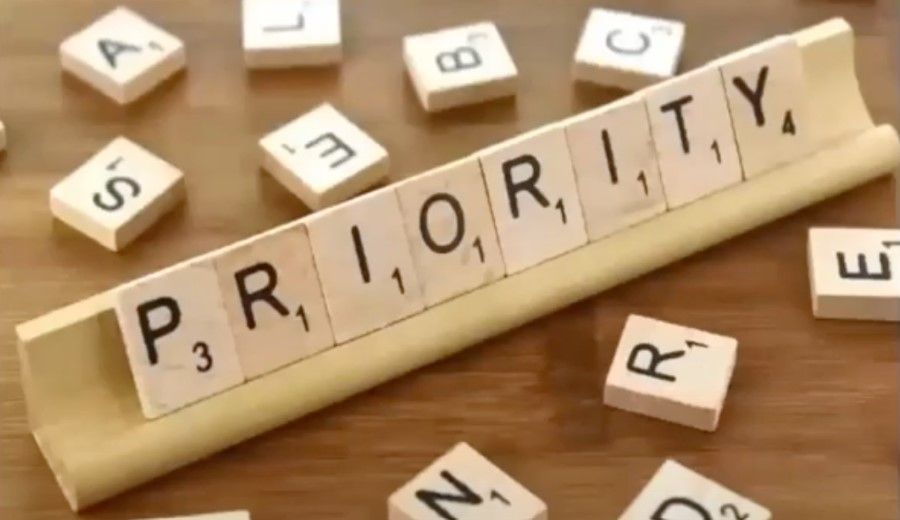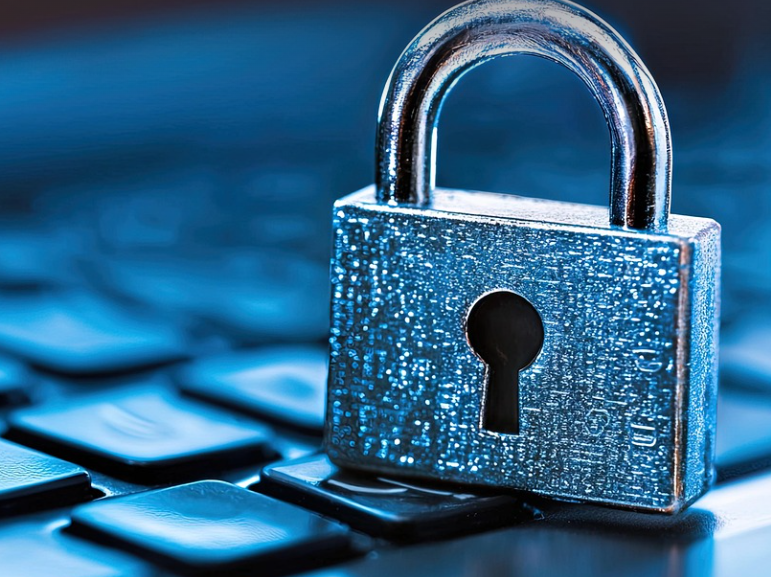Why a School Board Should Set New Priorities During a Crisis
For a school board, Successful navigation of a crisis requires trust, consensus, and mutual focus on clear goals and priorities

When a crisis hits, a school board needs to realign to focus on two priority areas in order to navigate the crisis effectively: health and safety and student learning, says K20Connect senior consultant Arati Nagaraj. This often means pressing pause on many of the district’s existing goals.
Nagaraj, who has been a Trustee of the Saratoga (CA) Union School District Board since 2010 and has served as board president for two years, offered insights on how to achieve these priorities during her session “Setting Board Priorities During a Crisis” at Tech & Learning’s recent Future-Proofing Your District conference.
Since staff is responding in real time during any crisis—and often under circumstances that change rapidly—a school board needs to be aligned with staff in a relationship of trust, says Nagaraj. This can only happen when: 1) channels of both internal and external communication remain open; 2) the board is united in the goals that have been set; and 3) the board gives the superintendent the authority to make decisions (this can be accomplished in the form of a resolution). A crisis is no time for micro-managing.
Setting concrete and finite goals with measurable outcomes will help to remove distractions and focus stakeholders on what’s most important. For example, one priority might be that the superintendent ensures the well-being of students, so staff and teachers might ensure that there’s at least one touch point with every child (either online or on the phone) every week through the end of the school year. Another example of a goal with clear and measurable outcomes might be increasing the number of hours per day each student spends engaged in online learning.
Working Together
Although everyone on the planet has had to deal with the pandemic, there continues to be many unknowns and situations that are very localized. Establishing clear channels of communication to keep everyone up to date with accurate information and also being flexible enough to adapt as circumstances change, is critical.
Since instruction doesn’t continue during most crises, the pandemic has presented new opportunities to boards to think through continuity of operations.
Other important considerations for board members during a crisis include setting up a regular cadence of meetings as needed, being engaged with the community, and encouraging and supporting one another, staff, teachers, parents, and students.
Tech & Learning Newsletter
Tools and ideas to transform education. Sign up below.
Nagaraj emphasizes that at the end of a crisis, after everyone has had a chance to exhale and reset, it’s critical to reflect on the work that’s been done and the lessons learned. This start-stop-reset model can be helpful, for example, as boards begin to think through the difficult questions and strategies around re-opening.
“We all have to figure this out together and chart the course ahead,” said Nagaraj.
Contact Arati Nagaraj at arati@k20connect.net



